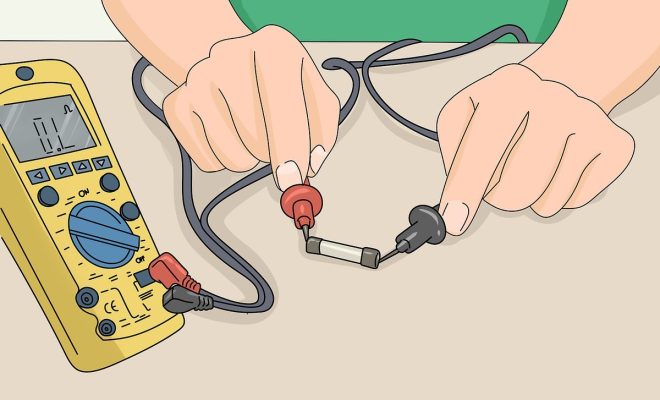How to Spot Meningitis in Babies

Introduction
Meningitis is a life-threatening condition that affects the delicate membranes covering the brain and spinal cord. Babies are at higher risk for meningitis as their immune systems are not fully developed, which makes it crucial for parents and caregivers to recognize the early warning signs. This article guides you on how to spot meningitis in babies and take appropriate action to facilitate timely treatment.
Recognizing the Symptoms
1. Fever: A high fever (over 100.4°F) is a common symptom of meningitis in babies. However, fever alone might not indicate meningitis, so it’s essential to watch for other symptoms as well.
2. Stiff neck: Difficulty moving the neck or head could be a sign of inflammation of the meninges (the membranes covering the brain and spinal cord). In babies, this may manifest as lethargy or irritability when touched or moved.
3. Cold hands and feet: Despite having a fever, babies with meningitis often have cold hands and feet due to poor circulation as their bodies try to battle the infection.
4. Bulging fontanelle: A bulging fontanelle (the soft spot on the head) is another telltale sign of meningitis in babies, usually coupled with other symptoms.
5. Rapid breathing or grunting: A baby with meningitis might breathe rapidly or grunt when exhaling, indicating difficulty breathing due to inflammation or fluid buildup.
6. Sleepiness or difficulty waking up: Excessive sleepiness or difficulty waking your baby can be a sign of meningitis – especially if accompanied by other symptoms.
7. Vomiting: Frequent vomiting without diarrhea could signal meningitis, as it signifies irritation of the meninges.
8. Unusual crying or irritability: An inconsolable, high-pitched cry indicates irritability and/or pain associated with meningitis.
9. Skin rash: In some cases, a reddish-purple rash might appear, which could be a sign of meningococcal infection.
The rash might look like pinpricks initially but will spread and darken over time. If you suspect a meningitis-associated rash, perform the glass test by pressing a clear glass against the rash – if it doesn’t fade under pressure, seek immediate medical attention.
Taking Action
Should you notice any of the symptoms mentioned above or suspect meningitis in your baby, it is crucial to act promptly. Here’s what to do:
1. Seek immediate medical attention: Take your baby to the nearest emergency room or call for an ambulance. Meningitis can progress rapidly, and early intervention can be lifesaving.
2. Stay vigilant: Be prepared to provide accurate information on the onset of symptoms and any recent exposures your baby might have had.
3. Follow treatment advice: Medical personnel will likely administer antibiotics or antivirals and may recommend hospitalization for monitoring and further treatment.
Prevention
Vaccinations play a significant role in preventing bacterial meningitis in babies. Ensure your baby follows the recommended vaccination schedule to reduce the risk of contracting meningitis.
Conclusion
Meningitis is a grave condition that requires prompt action, especially in babies. Recognizing the early signs can potentially save your child’s life. Stay informed about the symptoms and take necessary precautions to protect your baby from this deadly infection.






